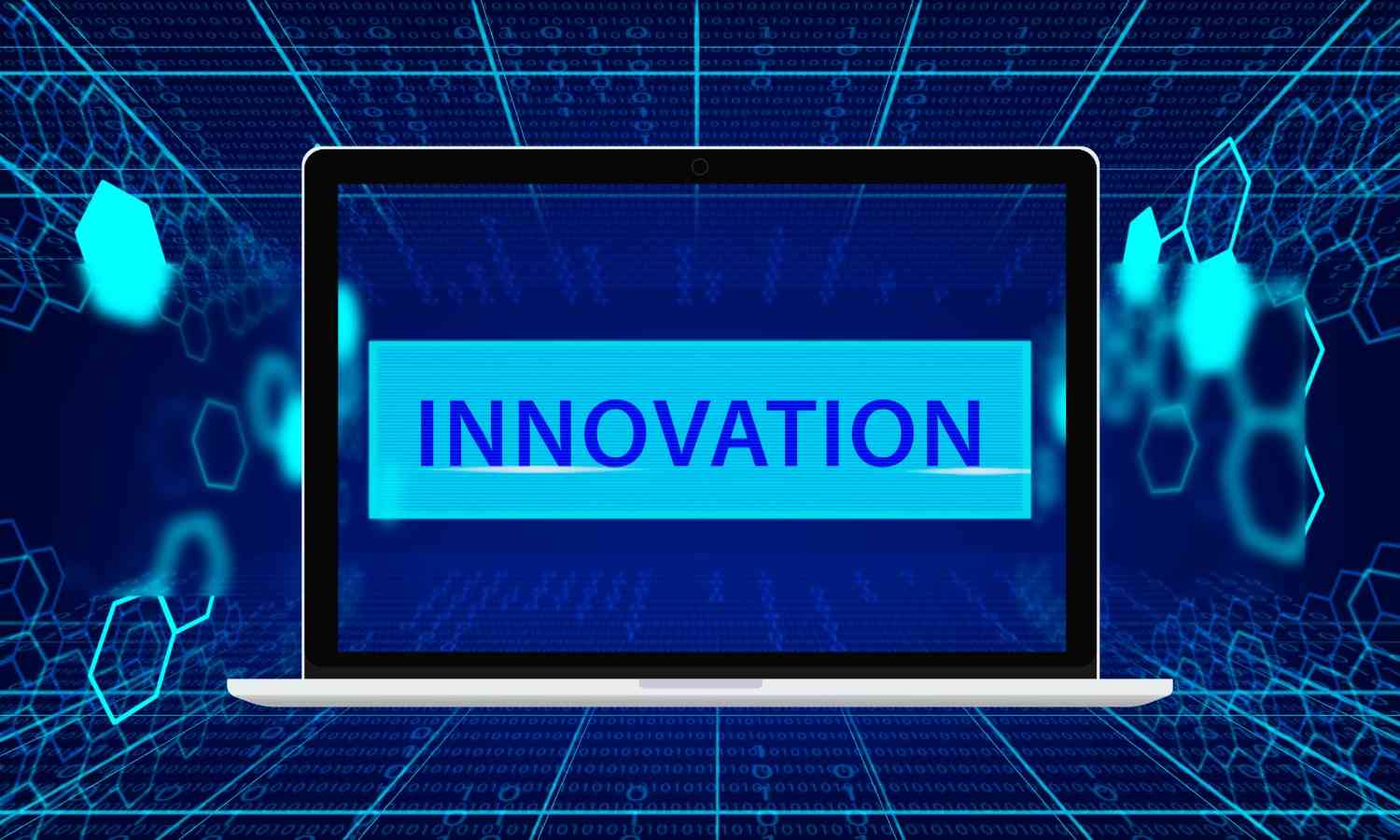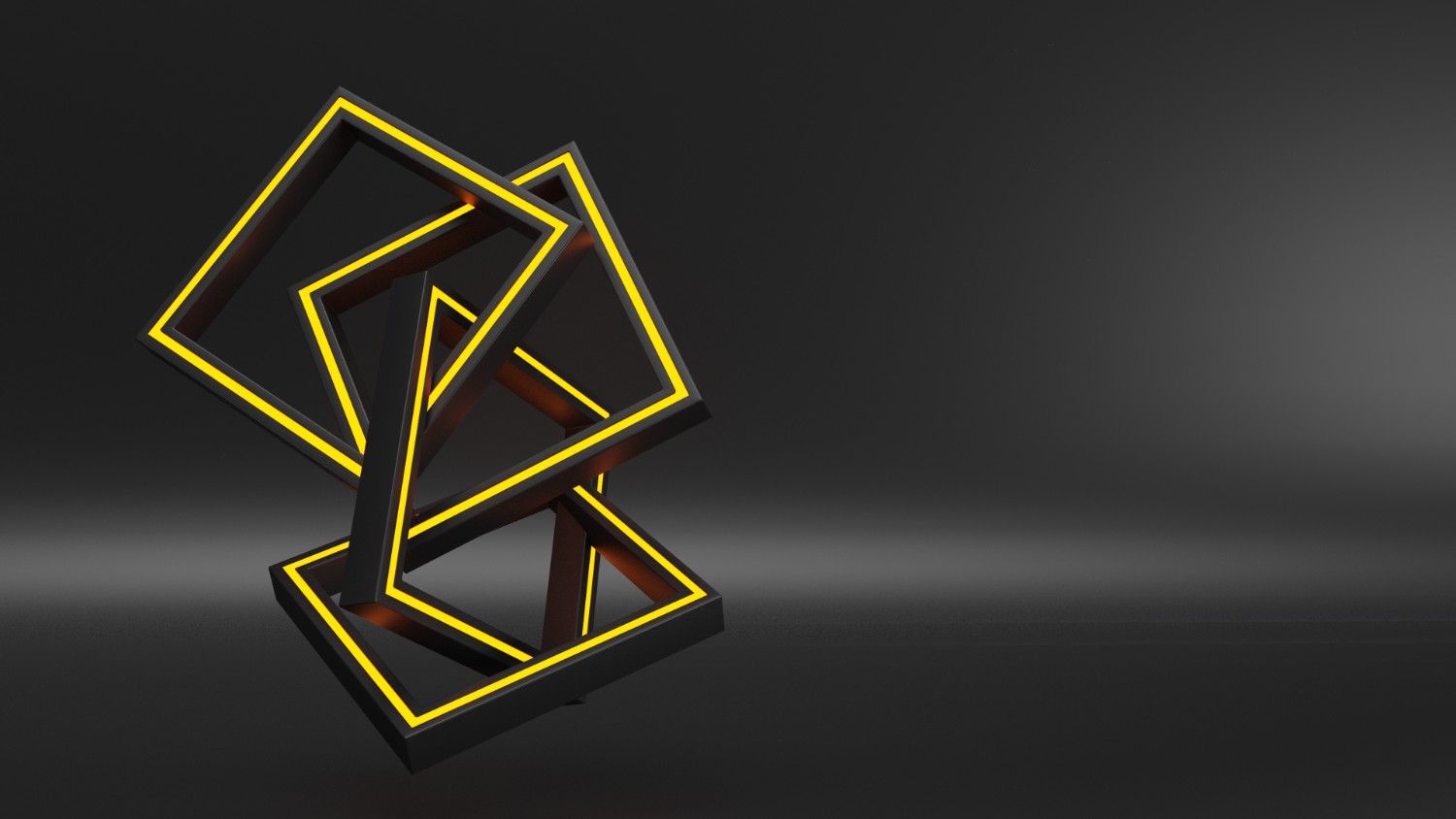The world is rapidly transitioning from a flat, two-dimensional experience to a fully immersive, three-dimensional reality. From e-commerce giants using Augmented Reality (AR) to let customers “try before they buy,” to automotive industries relying on complex Virtual Reality (VR) training simulations, the demand for high-fidelity, high-volume 3D content has exploded. This explosion has cemented outsourced 3D modeling as a critical strategic function for nearly every industry, transforming design, marketing, and manufacturing.
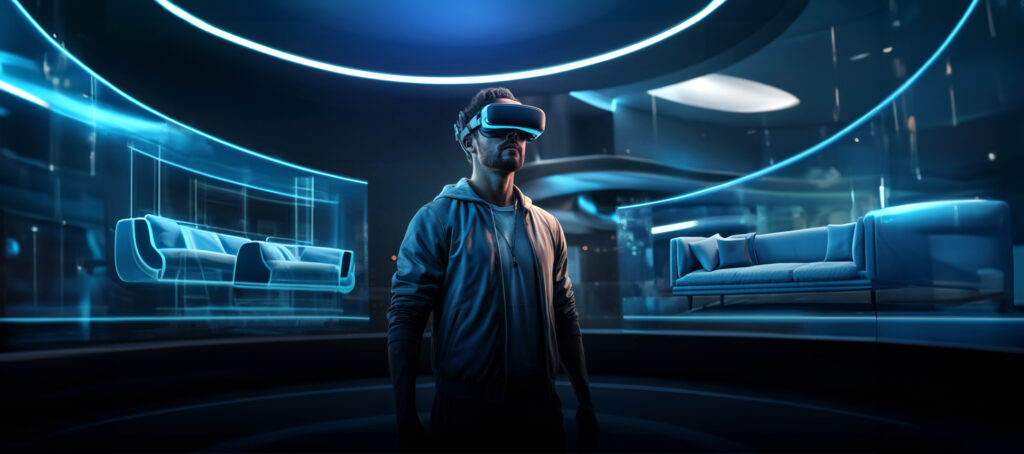
Yet, the 3D modeling industry itself is on the cusp of a profound transformation, driven by three interconnected forces: Artificial Intelligence (AI), Automation, and Real-Time Rendering.
For decades, 3D modeling was a manual, time-consuming craft—an artisan process demanding highly skilled labor and expensive software. Today, AI is acting as a digital co-pilot, automating the tedious, technical drudgery of the pipeline, from optimizing geometry to generating textures. This surge in automation is enabling outsourced firms to deliver content at unprecedented speeds and volumes. Concurrently, the rise of powerful, accessible real-time rendering engines (like Unreal Engine and Unity) means that models once reserved for costly offline rendering are now instantly usable in interactive AR/VR applications, games, and web configurators.
The future of outsourced 3D modeling lies at the intersection of these forces. It is moving beyond simple labor delegation to become a highly efficient, technology-first partnership that guarantees not just speed and cost savings, but technical compliance and massive scalability. This strategic synergy is making high-end visualization accessible to businesses of all sizes, fundamentally changing the dynamics of digital content creation and setting the stage for the next generation of immersive commerce and design.
For architects, product developers, manufacturers, and e-commerce giants across the USA, UK, Canada, and Australia, understanding this shift is crucial. The future of design visualization is faster, smarter, and infinitely more scalable.
We are a leading 3D Modeling company in India, specializing in AR/VR and 3D Rendering, 3D Furniture Modeling, 3D Product Modeling for clients across the USA, UK, Canada, Australia. Our core focus is not just keeping pace with this future, but actively integrating these technologies to deliver cutting-edge visual solutions to our global clients.
This deep dive explores the three technological forces—AI, Automation, and Real-Time Rendering—that are fundamentally reshaping the outsourced 3D modeling industry.
1. The Intelligence Boost: AI in 3D Modeling
Artificial Intelligence is moving beyond basic image recognition and into the complex, multi-dimensional space of 3D content creation. AI is not replacing the artist; it is becoming the ultimate co-pilot, handling the tedious and computationally heavy aspects of the workflow.
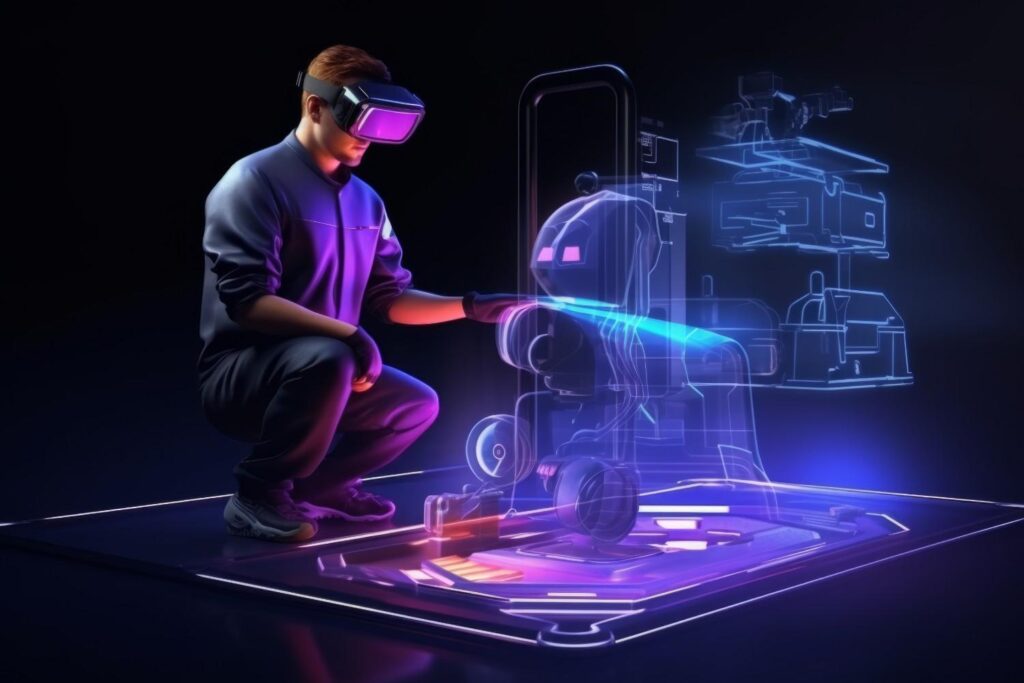
AI-Assisted Modeling and Texturing
The creation of a high-quality 3D model involves two time-consuming phases: building the geometry (the shape) and applying textures (the material appearance). AI is now accelerating both:
- Generative Modeling (Concept to Model): Tools using large language models (LLMs) and diffusion models are starting to translate simple text prompts (e.g., “a sleek, mid-century modern coffee table made of polished walnut”) directly into rough 3D geometry. While the model still requires artist refinement, this eliminates the blank-page problem and dramatically speeds up the initial conceptual design phase.
- Automated UV Mapping and Retopology: These are technical, repetitive tasks essential for texturing and animation. AI algorithms can now perform complex retopology (simplifying mesh structure for better performance) and UV unwrapping (preparing a 3D model for 2D textures) in minutes, a process that used to take human modelers hours.
- Smart Texture Generation: AI-powered tools can analyze a single input photograph of a material (like rough concrete or weathered leather) and generate all the necessary texture maps (diffuse, normal, roughness, metallic) required for photorealistic rendering, ensuring consistency and quality at scale.
The Role of AI in Outsourced Quality Control (QC)
In the outsourcing industry, managing quality across thousands of assets is paramount. AI is proving invaluable here:
- Compliance and Standards Checking: AI can scan completed 3D models to ensure they adhere to client-specific guidelines, such as polygon count limits for game engines or the required Level of Development (LOD) for architectural BIM, flagging deviations instantly.
- Clash Detection in BIM: Beyond traditional rule-based software, advanced AI can predict and identify subtle coordination conflicts in complex architectural or structural models that might be missed by human reviewers, ensuring the final output is construction-ready.
2. Efficiency Through Automation: The Scalability Engine
The core benefit of outsourcing is scalability. Automation is the technology that makes mass scalability possible, turning bespoke creation into an industrial, yet precise, process.
Parametric Modeling and Customizable Assets
The rise of parametric design allows modelers to create objects whose geometry is defined by customizable parameters rather than fixed vertices.
- 3D Product Modeling for E-commerce: For firms specializing in 3D Furniture Modeling and general 3D Product Modeling, automation means creating a master furniture model where variables like leg height, armrest style, fabric type, and wood finish can be automatically swapped out. This allows a client to generate 10,000 unique product renders from a single automated workflow, saving immense time and cost.
- Automated Asset Pipelines: Enterprises often need content delivered in multiple formats—a high-poly model for marketing, a low-poly model for a website, and a medium-poly model for AR/VR. Automated pipelines use scripts to take the high-detail source model and automatically generate all required derivatives, ready for immediate deployment across all platforms (e.g., Unity, Unreal Engine, WebGL).
Data-Driven Workflow Integration
Effective automation integrates 3D modeling directly into the client’s business systems:
- PIM/ERP Integration: Outsourced modeling platforms are increasingly linking directly to a client’s Product Information Management (PIM) or Enterprise Resource Planning (ERP) systems. When a product specification changes (e.g., a new colorway is added), the automated system triggers the creation of the corresponding 3D asset and its render, ensuring the visual content is always synchronized with the product data.
- LOD Automation: In architectural projects, automation handles the transition between different LODs. An automated script can refine the generic geometry of an LOD 200 model into a construction-ready LOD 300 model based on approved material and manufacturer data.
3. Instant Immersion: The Revolution of Real-Time Rendering
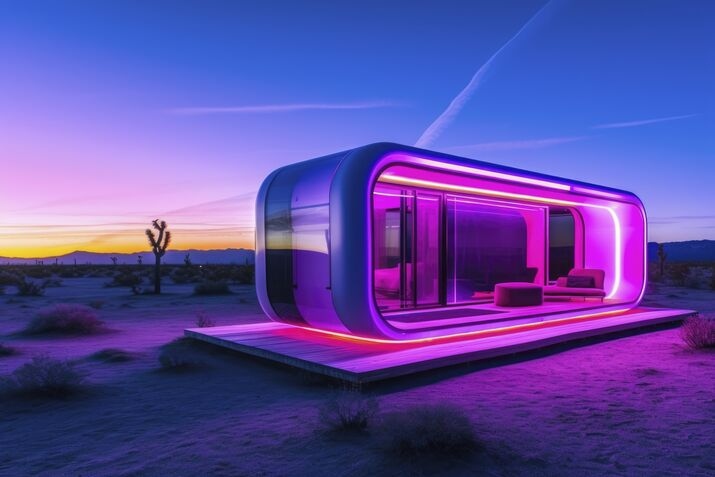
Historically, photorealistic rendering was a non-real-time process, requiring hours or even days of computation (“baking”). Today, advancements in Graphics Processing Units (GPUs) and specialized game engine technology (like Unreal Engine and Unity) have made stunning, high-fidelity visuals achievable in milliseconds.
This leap to Real-Time Rendering is transforming both the creative process and the customer experience, particularly in AR/VR.
Interactive Visualization and AR/VR
For AR/VR applications, real-time rendering is the only viable solution, as the scene must be redrawn 60 or more times per second (frames per second, or FPS) to avoid motion sickness and maintain immersion.
- Virtual Showrooms: Instead of viewing a static render of a car or a home, clients can now instantly walk through a virtual showroom, customizing the environment, lighting, and materials on the fly, offering a truly interactive pre-purchase experience.
- Augmented Reality Product Placement: Real-time rendering enables consumers to use their smartphones to instantly place a 3D Furniture Model into their own living room. The ability to render accurately in real-time, matching lighting and scale, dramatically increases buyer confidence.
The Impact on Design Iteration
Real-time rendering fundamentally changes the design review cycle for outsourcing partners:
- Instant Feedback Loop: Architects in London or manufacturers in Toronto can now review model changes with their outsourced partners instantly via a shared real-time environment, rather than waiting hours for a re-rendered image. This collapsing of the feedback loop saves weeks on large projects.
- Democratizing High-Quality Visuals: Because the rendering process is essentially free and instantaneous once the model is built, companies can produce an infinite number of views, material variations, and lighting scenarios, maximizing their visual assets without incurring massive computational costs.
The Strategic Outlook for Outsourced 3D Modeling
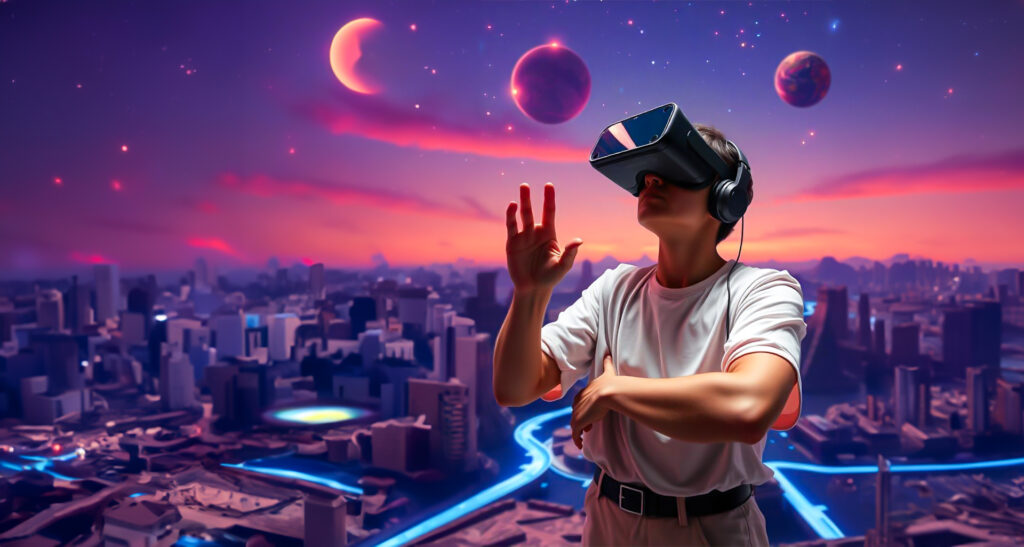
The convergence of AI, Automation, and Real-Time Rendering creates a powerful proposition for large-scale enterprises:
- Unprecedented Speed: Projects that once took weeks can now be completed in days, driven by AI-assisted design and 24/7 automated pipelines.
- Infinite Scalability: Outsourcing partners can handle projects requiring hundreds of assets for a single launch, guaranteeing consistent quality and format across all deliverables.
- Immersive Customer Experience: The shift to real-time and AR/VR allows for dynamic, interactive, and personalized customer engagements, setting a new benchmark for marketing and sales.
As a leading 3D Modeling company in India serving the dynamic markets of the USA, UK, Canada, and Australia, we recognize that the future is about providing intelligent, automated, and immersive visualization solutions. The role of the human expert is evolving from tedious manual labor to strategic oversight, creative refinement, and innovative integration of these new digital tools. The digital horizon promises not just efficiency, but a revolution in how the world designs, builds, and buys.
FAQs on the Future of 3D Modeling
Q1: What is the biggest impact AI is having on 3D modeling right now?
A1: The biggest impact is in acceleration and automation, helping with the creation of initial concepts, complex texture generation, and automating highly technical, repetitive tasks like UV mapping and mesh optimization.
Q2: How is “automation” used in 3D product modeling for e-commerce?
A2: Automation uses parametric modeling to create a master product model where variables (like fabric, color, or style) can be automatically changed. This allows for the generation of hundreds or thousands of unique product renders from a single workflow.
Q3: What exactly is “Real-Time Rendering“?
A3: Real-Time Rendering is the ability of a computer (usually powered by a strong GPU) to generate high-quality 3D visuals instantly (at 30-60 frames per second), making it possible to walk through a virtual environment or rotate a product without lag.
Q4: Why is Real-Time Rendering important for AR/VR applications?
A4: AR/VR requires the scene to be rendered and updated instantly at a high frame rate (FPS) to maintain a smooth, immersive experience and prevent the user from experiencing motion sickness.
Q5: Will AI replace human 3D modelers in the outsourcing industry?
A5: No, AI is highly unlikely to replace modelers entirely. It acts as a powerful tool for automation and assistance, handling the heavy, repetitive lifting, which frees up human modelers to focus on creative refinement, quality control, and strategic design challenges.
Q6: How does outsourcing use the new technology to increase project speed?
A6: Outsourcing firms combine AI-driven tools, automated pipelines, and Real-Time Rendering capabilities (leveraging render farms) to dramatically shorten the design iteration and final rendering cycles, delivering completed projects faster than ever before.


